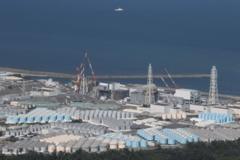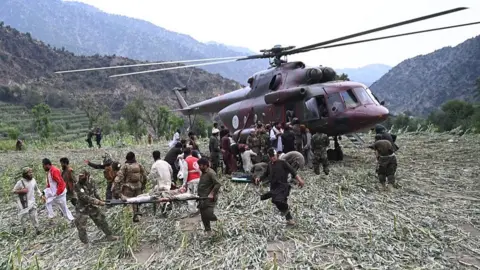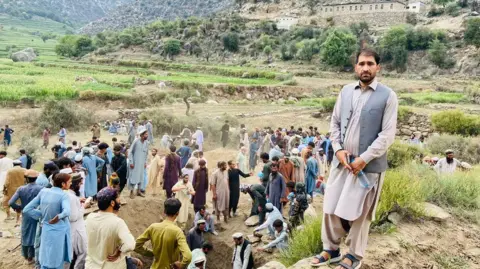Workers at the Fukushima nuclear plant were evacuated on Wednesday due to tsunami warnings issued across Japan, triggered by a powerful 8.7 magnitude earthquake near Russia’s far eastern coast. The operator of the plant confirmed the safe evacuation of all 4,000 employees and stated that no abnormalities were detected at the facility. The alert is especially significant for those in Fukushima prefecture, who bear the scars of a tragic history marked by the 2011 disaster.
On March 11, 2011, Japan was devastated by a 9.0-magnitude earthquake followed by a massive tsunami, claiming over 18,000 lives. The tsunami flooded the Fukushima plant, compromising its emergency generators and resulting in nuclear meltdowns. In the wake of the incident, more than 150,000 residents were promptly evacuated and a 30-kilometer exclusion zone was established.
Today, the aftermath of this catastrophe serves as a haunting reminder, with significant hazardous waste still remaining inside the plant. There are approximately 880 metric tons of dangerous debris to be safely removed, a daunting task expected to take decades and cost around 21.5 trillion yen ($145 billion). The ongoing clean-up efforts have been plagued by delays, currently pushed back to 2037, feeding skepticism among experts about achieving timely decommissioning by 2051.
Compounding the challenges is the storage of over one million tons of radioactive water produced daily to cool the reactors. This water has been occupying valuable land, forcing the plant operator, TEPCO, to release treated wastewater into the ocean amidst widespread criticism, despite assurances from UN regulators about negligible environmental impact.
In a controversial turn, Japan is increasingly leaning back towards nuclear energy to meet rising demands from industries like semiconductors and AI, sparking local opposition and distrust. Kansai Electric Power recently announced plans to explore construction of a new reactor, with fears heightened by Wednesday's tsunami alert, which has already prompted evacuation orders for communities in vulnerable areas.
Japan remains seismic-prone, experiencing about 1,500 earthquakes annually as part of the Ring of Fire. The ongoing threat hangs over the population, who participate in extensive earthquake preparedness drills. The fear of a rare but potentially catastrophic “big one” looms large over the nation, highlighting the unique challenges and dangers posed by Japan's geographical reality.





















